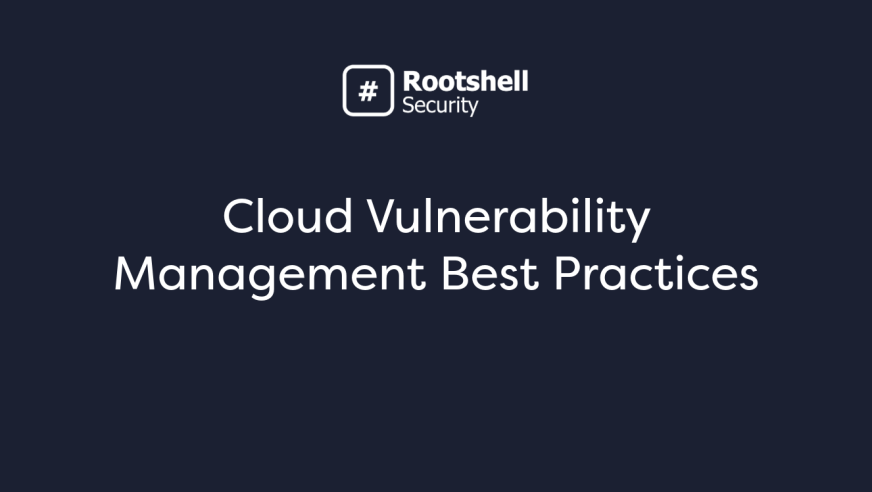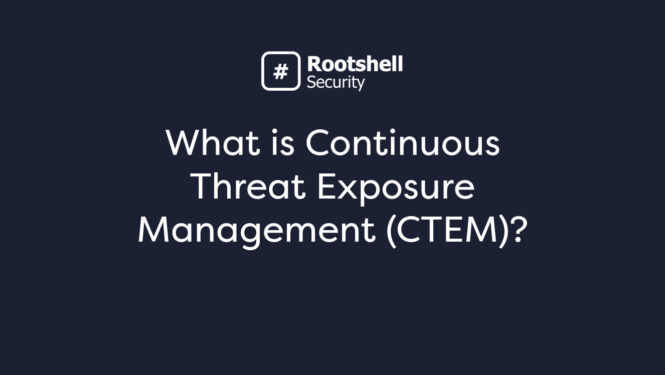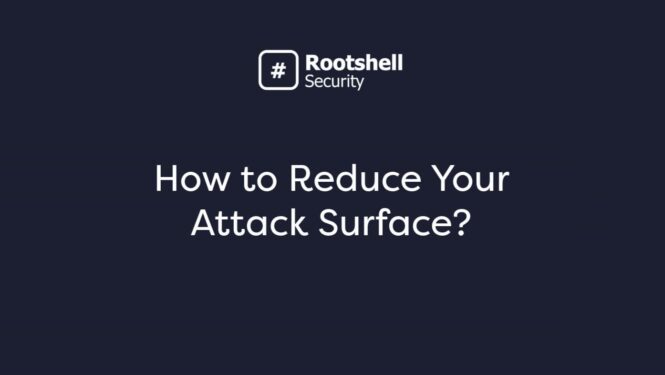For many organizations, cloud environments are a central and critical part of their digital estates. It’s essential that cloud environments are regularly assessed for security issues, and that those issues are effectively handled by a well-structured, modern, and streamlined cloud vulnerability management program.
Read on for our cloud vulnerability management best practices, and how a vulnerability management platform can help.
What is Cloud Vulnerability Management?
Cloud Vulnerability Management is the process of discovering, managing, and resolving weaknesses in an organization’s cloud environments.
A vulnerability management program for the cloud provides IT security teams with a framework for maintaining visibility and control of the safety of their organization’s cloud environments, so they can resolve issues as effectively and efficiently as possible.
Ultimately, the goal of cloud vulnerability management is to minimize an organization’s attack surface and reduce risk.
What is the Process of Cloud Vulnerability Management ?
Cloud Vulnerability Management starts with the discovery of security issues and concludes with validating whether remediation has been successful, before repeating continuously.
- Discover: Identify threats and vulnerabilities within your organization’s cloud environments by carrying out regular penetration tests and vulnerability scans.
- Consolidate: Centralize your threat and vulnerability assessment results in one place. Vulnerability management systems can make this process effortless.
- Assess: Analyse your cloud security issues in line with cyber threat intelligence, such as exploit databases, to establish their severity, the likelihood that they will be exploited, and the impact they could have on your organization.
- Prioritize: Assign severity scores to your cloud environments in line with your analysis, and other factors such as resource availability.
- Remediate: Carry out your cloud based vulnerability management program to resolve vulnerabilities in line with your organization’s priorities.
- Re-assess: Verify whether your remediation efforts have been successful. Ultimately, your cloud vulnerability management remediation process should reduce business risk.
- Visualize and improve: Continuously improve your cloud vulnerability management strategy; resolve any bottlenecks and ensure compliance with your organization’s service level agreements. For example, could you reduce your time-to-remediate (TTR)?
Best Practice Cloud Vulnerability Management
Cloud Vulnerability Management should empower IT security teams to remediate as effectively and efficiently as possible. Consider these cloud vulnerability management best practices when building your program.
Continuous Vulnerability Management
Between security assessments, your organization could be at risk. Cloud vulnerability management should be an ongoing process, as new vulnerabilities could emerge at any time, and pre-existing vulnerabilities could become more critical.
Intelligence-Driven
Threat intelligence enables IT security teams to gain context of their cloud issues, prioritize most effectively, and accurately evaluate risk. A process for gathering and referencing relevant cyber threat intelligence should be integrated with an organization’s cloud vulnerability management life cycle.
Streamlined Processes
Bottlenecks within cloud vulnerability management can lose you precious time. Processes should be streamlined, empowering teams to address issues fast and efficiently. A vulnerability management system can help improve every aspect of the vulnerability lifecycle, from collaboration to reporting and more.
Centralized Data
Vulnerability management can inundate you with data. You may find yourself emailing back and forth with vendors or hunting through PDF reports to find the results you need, which can be incredibly time-consuming. A central hub for your data from different security assessments will save you time, frustration, and put critical information at your fingertips.
Effective Prioritization
Risk-based prioritization for your cloud security issues is essential. This process should be clear, consistent, and tailored to your organization’s specific objectives and priorities. Not only is this crucial for keeping your organization safe, but it will also make the best use of your resources. Read further on vulnerability management prioritization.
Cloud Vulnerability Management Tools

A vulnerability management solution makes it effortless to manage security issues within cloud environments.
For example, a vulnerability management platform could aid in prioritizing, delegating, reporting, tracking, and collaborating on the remediation of cloud vulnerabilities.
The Rootshell Platform is our vendor-agnostic platform that helps you implement modern and effective vulnerability management programs, reducing mean-time-to-remediate by up to 61%.
Cloud Vulnerability Management with The Rootshell Platform
Here are just some of the ways The Rootshell Platform makes it effortless to implement effective cloud vulnerability management.
- Centralize security issues: The Rootshell Platform is vendor-agnostic, so you can use it to consolidate results from any vulnerability scanner or penetration testing vendor. Managing all your cloud vulnerabilities in one place, as well as non-cloud issues makes it seamless to continuously analyse, prioritize, and manage all issues across your estate.
- Intelligence-driven prioritization: Rootshell’s industry-leading Daily Exploit Detection alerts you to exploits for your issues on a daily basis, so you can gain the context needed to prioritize most effectively.
- Streamline remediation: The Rootshell Platform modernizes vulnerability management programs and makes it easy for teams to deliver fast and effective remediation, by reducing manual processes, integrating with ticketing systems, and much more.
- Real-time alerts: Rootshell ensures you have real-time insight into your threat landscape, by providing you with live updates from tests and continuous cyber threat intelligence alerts tailored to your digital estate.



